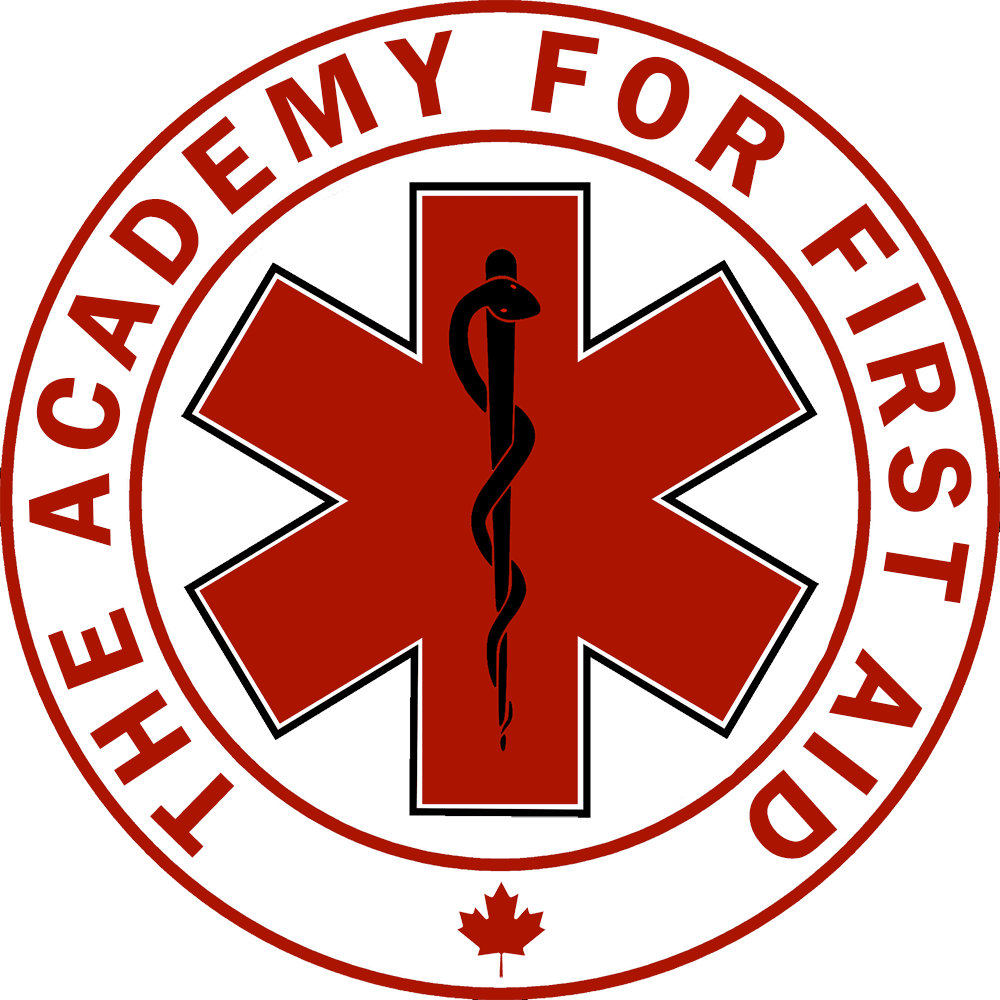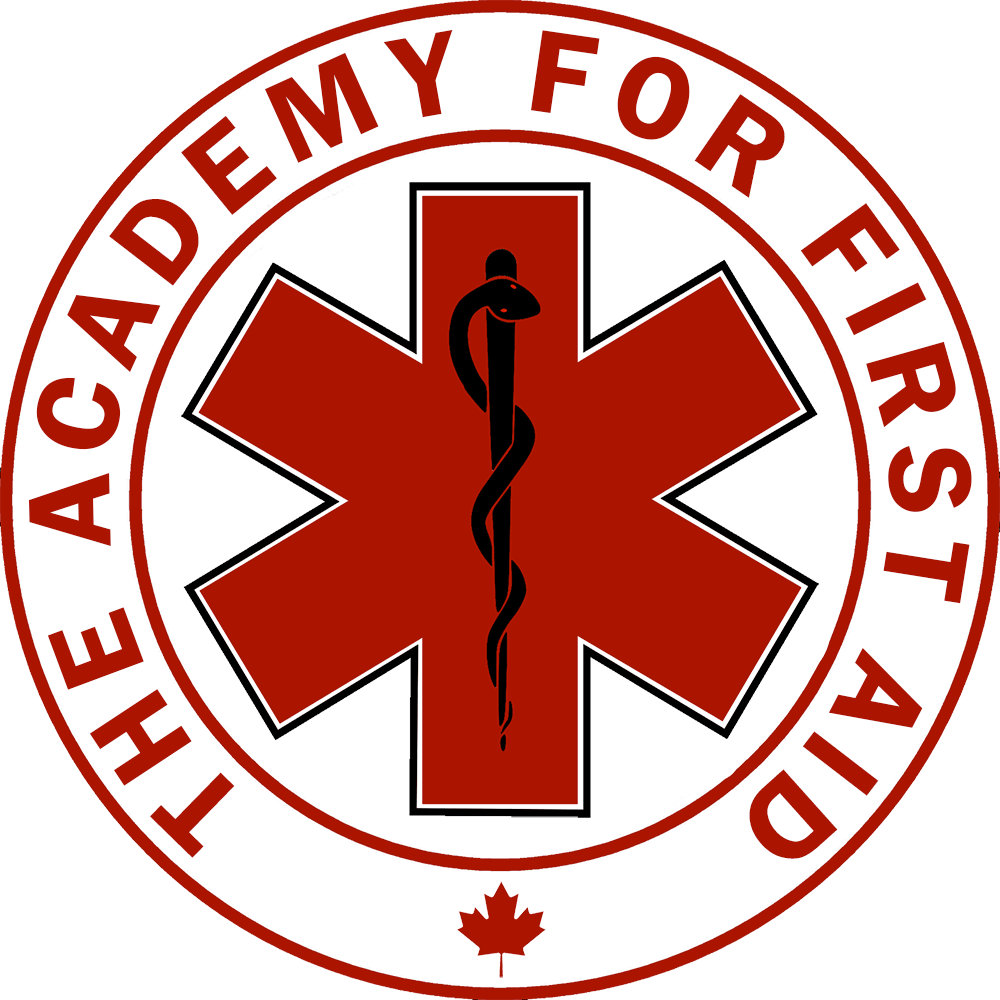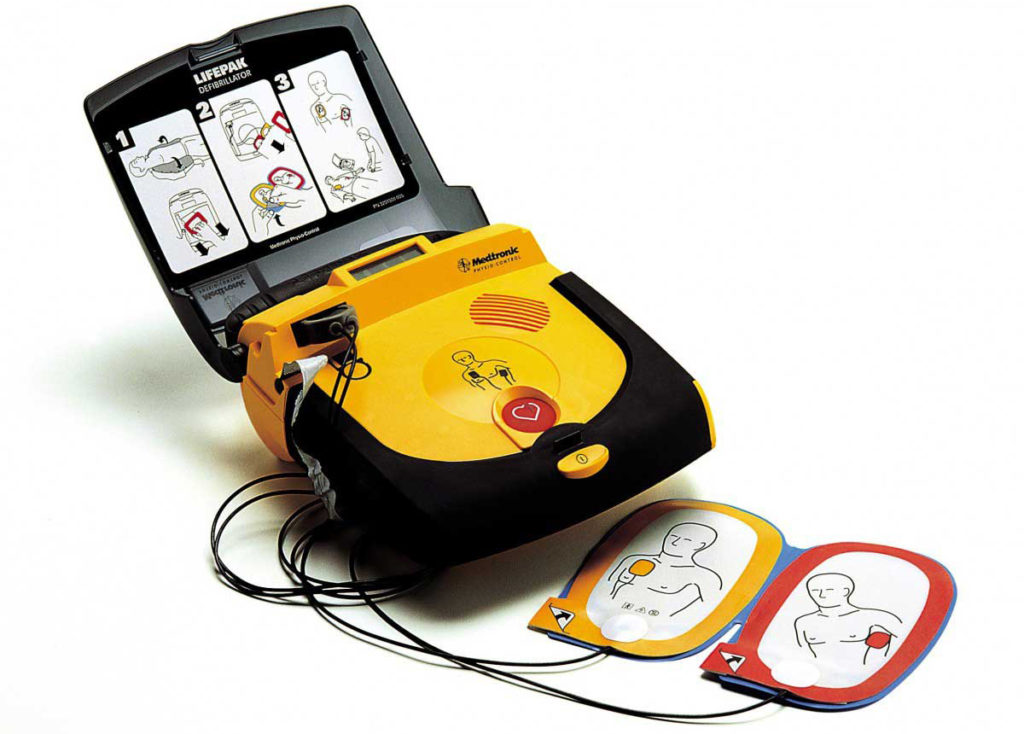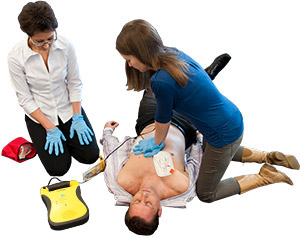
Digital certifications are coming as of October of 2017!
The Academy for First Aid and Safety is proud to announce an exciting change from the way the Canadian Red Cross issues its certifications:
In October 2017, The Academy for First Aid and Safety will transition from a physical wallet card based certification to a digital certification. Each certification will have a unique serial number in which the student can verify its validity. Furthermore, the student would not need to pay for a replacement card anymore since it is in digital format and is stored on the student’s phone, computer, and the Canadian Red Cross’ mobile app.
In order to remain in compliant with Regulation 1101 of the Workplace Safety Insurance Act with keeping proper records of all certifications, our academy (who is in partnership with the Canadian Red Cross Society) will implement these changes. This will be a national wide change and every Canadian Red Cross training partner will undergo the same transition, regardless of which Canadian Red Cross training partner you obtain your certification from.
What will this mean for all students who take a first aid and / or CPR course from our Academy?
- A physical wallet sized card will no longer be issued. Instead, a digital card will be e-mailed to your inbox.
- If you lose your certification, there would be no need to make a payment to obtain a replacement card.
- A paper copy of the first aid and CPR training booklet that you would traditionally receive at our classes will be replaced by a digital copy sent to your e-mail. The digital booklet can also be accessed through the Canadian Red Cross Society's mobile app.
- Should you require a paper copy of the first aid and CPR booklet, they will be available for purchase for a small fee of $7.00.
- Every digital certification will contain a unique serial number which can verify your certification's authenticity and personal details.
With the upcoming changes to the way we issue Canadian Red Cross certifications, we look forward to delivering you high quality, fun, and interactive first aid and CPR training programs in the greater Toronto area. We anticipate that these changes will simplify the way certifications are held, stored, and retrieved in the unfortunate event of it becoming lost or stolen.
– The Academy for First Aid and Safety of Toronto
Delivering interactive, fun, amazing, and futuristic first aid and CPR training courses!
The Academy for First Aid and Safety is a registered and certified training partner with the Canadian Red Cross Society. We deliver hands on, comprehensive first aid training courses (including CPR, AED use) which meet the provincial requirements as outlined from WSIB of Ontario and the Ministry of Labour. Our academy services the greater Toronto area including Mississauga, Brampton, Hamilton, Vaughan, Richmond Hill, and Markham.





